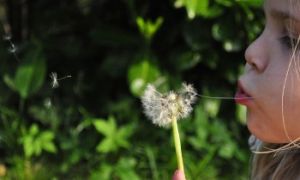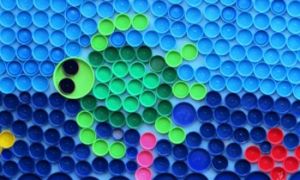Among the many reasons that make anger, such a destructive emotion is the possibility of a loss of control. Angry people, including children, can end up saying and doing things that could harm their well-being. Here are a few strategies that early educators can use to help angry kids cool down.
Relaxation Strategies
Anger raises both the heartbeat and breathing rate of a person. Slow breathing or belly breathing is one of the most immediately effective strategies to normalize the heart rate. Tell the child to:
- practise slow breathing techniques accompanied by slowly raising arms up and down.
- Count till four as you pretend you are smelling a flower and then four again as you imagine you are blowing out a candle
- Pretend you are blowing bubbles in the air, taking care to blow slowly and carefully so that the (imaginary) bubbles don’t burst.
- Squeeze a stress ball since alternating targeted muscles with tensing and relaxing also helps the body calm down
Redirection Strategies
If a child is behaving aggressively or lashing out with their limbs, try replacement techniques like giving them a fidget toy or stress ball. This will provide them with a safe outlet to express anger, frustration or even excess energy. If the child is not acting out physically but still feeling angry, see if their attention can be redirected to calming but engaging activities like clay modelling, building blocks or their favourite art activity. Older kids can be given anger management worksheets to rate their feelings and work towards problem-solving. Likewise, anger journals can help them identify triggers and behavioural cues that can alert them to future meltdowns. Sometimes crafts can be fun and creative ways to cool down, like making a Feeling or Worry box in which a child can write down what made them angry, how they felt before putting the ‘feelings’ away in the box so that they can be dealt with later. Besides helping a child to let off steam by engaging in active work, such strategies can help them feel more in control over their situation.
Time Out
In case the child is behaving in a way that can hurt others, physically remove them from the situation to a designated space. This will give the child an opportunity to calm down physically and emotionally. Such a space can be a tent equipped with a heavy blanket to crawl into or even a corner in the classroom that has a rocking chair or bouncing ball. If it helps, have the child put on ear muffs or earphones to block out triggers or have them dig their fingers into sensory bins to feel calmer. All the while, use kind words and a soothing voice with the child.
Positive Reinforcement
As and when the child behaves reasonably, offer positive reinforcement. If they have calmed down on their own, stopped throwing around objects or fixed something that they broke, call attention to their good behaviour with loving attention or animated praise.
Here are tips and techniques of dealing with anger when it occurs: Anger Management In Children
Learning emotional regulation in the early years is not only important to become better-adjusted adults but has been found directly related to higher levels of academic achievement in later life. An integral step in emotional regulation is the identification of unhelpful or negative emotions like anger.
Here are a few tips on teaching kids to identify their anger signs so that they know how to manage them better: Teaching Children To Identify Their Anger Signs
The following are behavioural intervention strategies you can practise with young children when they engage in the following negative or disruptive behaviours: Behaviour Interventions
It's perfectly normal for a child's emotional development to feel anger however it's the way they handle their anger that becomes an issue at times. Some children when they feel angry, throw tantrums, become abusive, scream, kick and bite. In these instances, it's possible a child has a loss of self-control and at this point needs help in managing their anger.


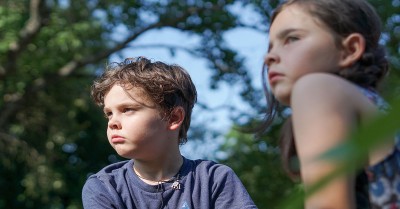




 Open ended questions cannot be responded to with one word answers such as yes or no. These types of questions enables a child to provide
Open ended questions cannot be responded to with one word answers such as yes or no. These types of questions enables a child to provide During your child’s preschool years, an important milestone begins to emerge. This is the development of pre-writing skills. Pre-writing skills are used to encourage, develop
During your child’s preschool years, an important milestone begins to emerge. This is the development of pre-writing skills. Pre-writing skills are used to encourage, develop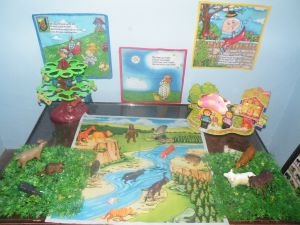 Open ended materials enables children to play freely. They are objects that have no rules to follow, use or function. Raw materials that can be
Open ended materials enables children to play freely. They are objects that have no rules to follow, use or function. Raw materials that can be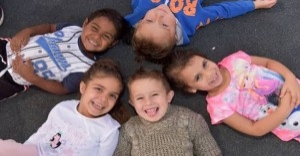 An Acknowledgment of the Country is a way of showing respect for the Traditional Owners and can be given by both non-Indigenous people and Aboriginal
An Acknowledgment of the Country is a way of showing respect for the Traditional Owners and can be given by both non-Indigenous people and Aboriginal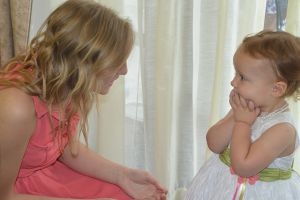 Language plays an important role in a child’s development. It enables a child to communicate effectively with their family, learn at school, socialize with friends,
Language plays an important role in a child’s development. It enables a child to communicate effectively with their family, learn at school, socialize with friends, Like adults, children have to deal with their own stress in life. Moving house, starting a new school, preparing for a new sibling - these are
Like adults, children have to deal with their own stress in life. Moving house, starting a new school, preparing for a new sibling - these are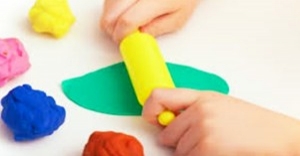 Playdough is such a versatile material. It provides numerous benefits to children as they manipulate it, it is safe and soothing and provides children with
Playdough is such a versatile material. It provides numerous benefits to children as they manipulate it, it is safe and soothing and provides children with Teaching children about sustainability enables them to appreciate and respect the natural environment. Early childhood services can provide meaningful hand on learning experiences in order
Teaching children about sustainability enables them to appreciate and respect the natural environment. Early childhood services can provide meaningful hand on learning experiences in order Recycling is an important concept that teaches children to care for the environment. It encourages children to be responsible and show a growing appreciating for
Recycling is an important concept that teaches children to care for the environment. It encourages children to be responsible and show a growing appreciating for When children apply paint to paper, glue things together, or pound a lump of clay, they experiment with colour, shape design and texture.
When children apply paint to paper, glue things together, or pound a lump of clay, they experiment with colour, shape design and texture.
